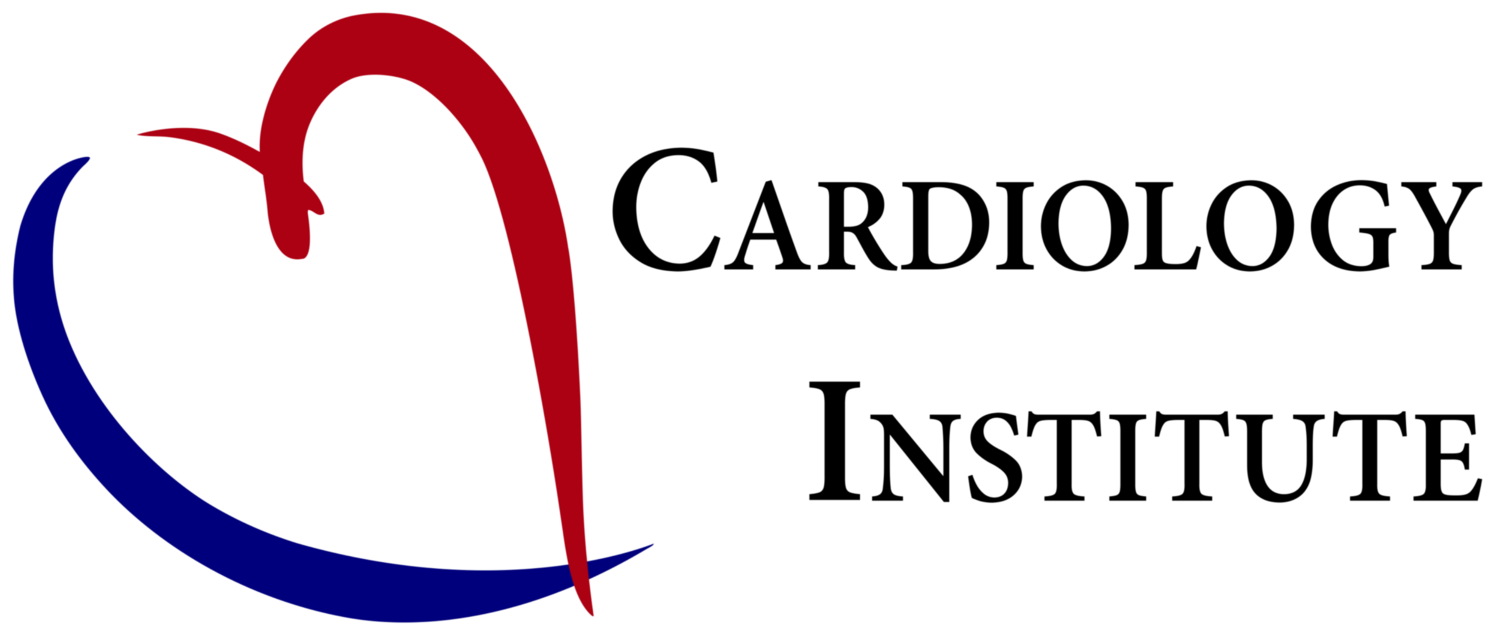C19 mRNA vaccine myocarditis has been of concern for both the Pfizer and Moderna.
Below, we have included some useful tables and resources that we could use in our practices.
Case definitions
Demographics
More common after 2nd dose
More common in males
Majority age<30; median 24
Time of onset median D3, highest rate at D2
Incidence
note: background myocarditis incidence (i.e. not vaccine related) is around 1-2 per million; again more common in males, 3.7 per million vs. 1.6 million
Rates of myocarditis (per 1 million doses administered) ; United States VAERS after mRNA COVID-19 vaccines, 7-day risk period (N = 935)
Compared to C19 infection? - two useful diagrams
Probability of vaccine myocarditis is dwarfed by the probability of C19 hospitalisation in all age groups.
mRNA Vaccine myocarditis is also much lower than actual SARS-CoV-2 related myocarditis
Potential risk of myocarditis with COVID-19 mRNA vaccination in the 120 days after vaccination and predicted prevention of COVID-19 cases, COVID-19–related hospitalizations, intensive care unit admissions, and deaths according to age groups and sex.
REF - Centers for Disease Control and Prevention (CDC). Advisory Committee on Immunization Practices (ACIP). Coronavirus disease 2019 (COVID-19) vaccines. Accessed July 6, 2021. https://www.cdc.gov/vaccines/acip/ meetings/slides-2021-06.html
Absolute Excess Risk of Various Adverse Events after Vaccination or SARS-CoV-2 Infection
Risk ratio of myocarditis after vaccine was 3.24. Risk ratio of myocarditis after infection was 18.28.
REF - Barda et al. N Engl J Med 2021;385:1078-90.
Myocarditis - workup
Symptoms = chest pain, SOB, palpitations, diaphoresis, syncope, cardiac arrest
Non-specific Sx - fatigue, abdominal pain, dizziness, oedema, cough
Exam - rub, pulses paradoxes, distant heart sounds (effusion)
ECG - diffuse ST elevation; arrhythmia
Tn - this one is key
Echo / MRI
Initial investigations can be performed in the primary care setting, based on clinical judgement, if
patient is not acutely unwell, and has mild symptoms
referring practice can obtain and review all the results of initial investigations within 12 hours
REF - health.gov.au
Vaccine advice for those with cardiac conditions
Yes for everyone
Caution in
Current or recent (3m) myocarditis or pericarditis due to causes other than vaccination
Acute rheumatic fever or acute rheumatic heart disease (i.e., with evidence of active inflammation)
Acute decompensated heart failure
After C19 mRNA vaccine myocarditis / pericarditis
Myocarditis - generally not for further mRNA vaccine, opt for alternative
Pericarditis - if normal investigations (ECG, echo, troponin, CXR), could have after symptom free for 6w
Disclaimer: All information is current at the time of publication, and to the best of the author’s knowledge. Individual circumstances differ and advice from qualified medical practitioners should be sought.
Image credit; en face image (Panel A) shows an infected ciliated cell with strands of mucus attached to the cilia tips; showing structure and density of SARS-CoV-2 virions produced by human airway epithelial cells; NEJM 2020;383:969
Dr Andrew To



